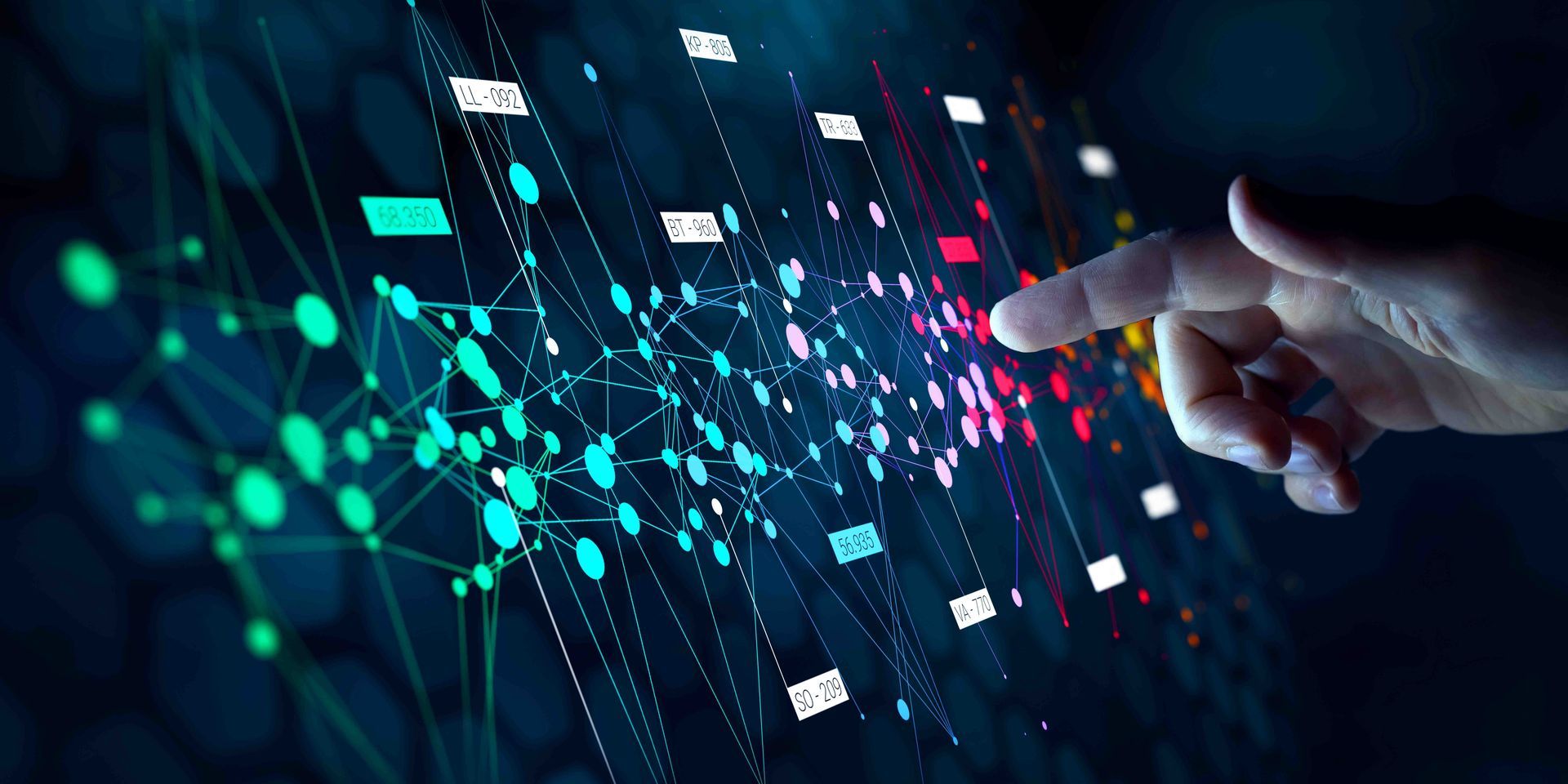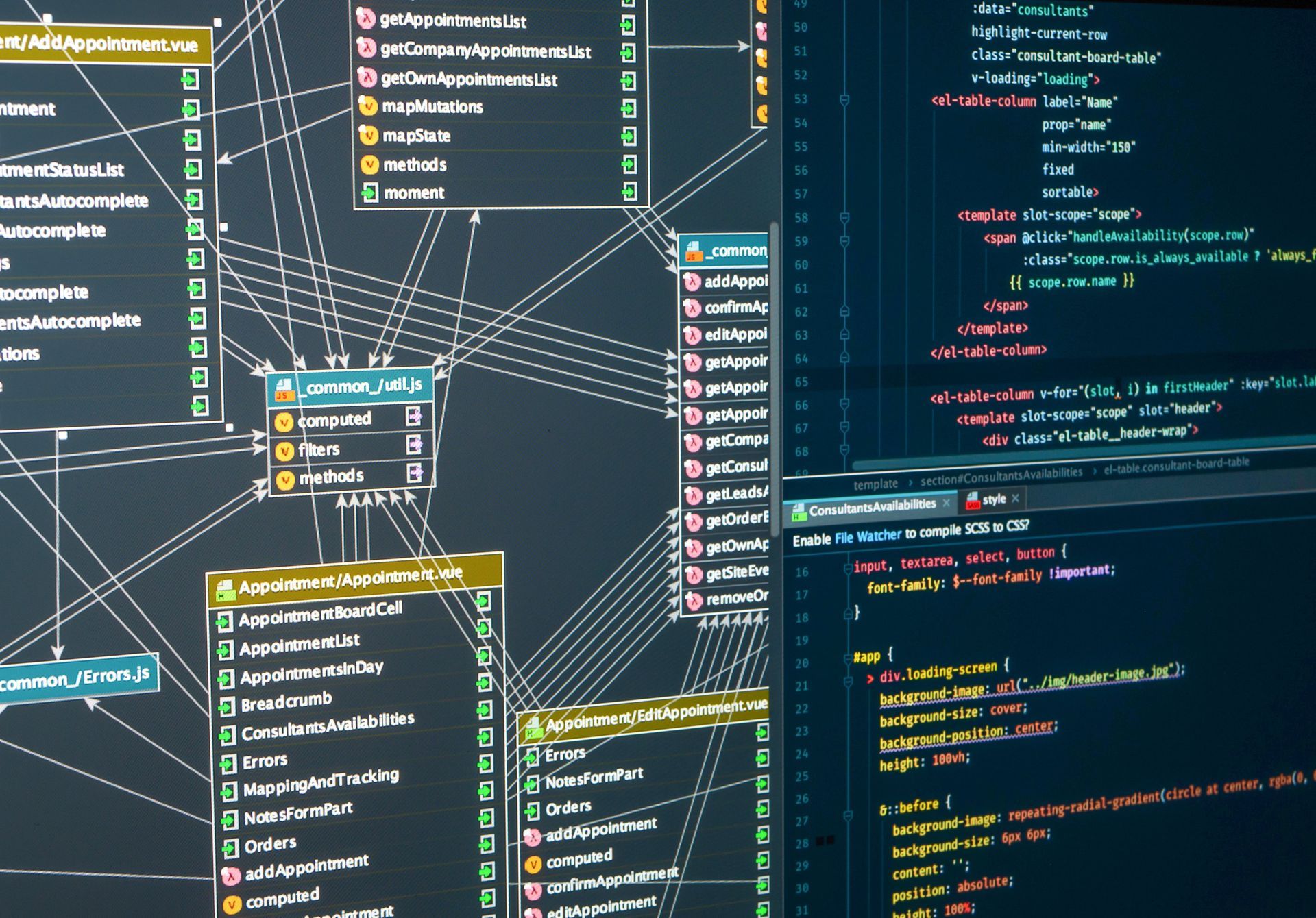10 Benefits Of Blockchain Technology In Cloud Computing

Blockchain Technology in cloud computing is the most disruptive and rapidly evolving innovation in recent times and is being used by enterprises all over the world.
Mixing blockchain with existing cloud computing technology has the potential to disrupt many industry sectors. This article will guide you in-depth about blockchain technology and its benefits when mixed with cloud computing.
What Is Blockchain Technology?
Because of the hype of bitcoin, cryptocurrencies garnered more attention than the blockchain technology on which they are built.
Blockchain seems difficult to understand, but its core concept is quite simple. It is a type of database. So to be able to understand blockchain, it helps first to understand what a database is.
A database is an organized collection of data that is stored electronically in a computer system. It can be quickly accessed, updated, and managed by the end-user. The information in a database is generally structured in table format to enable easier searching and filtering of specific information.
You might wonder what the difference is between someone using spreadsheets to store information compared to a database. Spreadsheets are usually designed for one person or a small group of people to store and access limited amounts of data. As opposed to, a database is intended to house significantly larger amounts of data that can be accessed easily by any number of users at once. Databases achieve this by storing data on servers built using hundreds of computers to have the computational power and storage capacity required for multiple users to access the database concurrently.
Difference Between Blockchain and Database
The major difference between a usual database and a blockchain is the way the data is structured.
A blockchain collects data together in groups, also called blocks, that hold sets of information. When filled, they are chained onto the previously filled block as they have specific storage capacity. Therefore, it forms a chain of data known as the “blockchain.” Once it is filled, a newly formed block will be added to the chain with all the new information.
A database structures its data into tables, whereas a blockchain structures its data into blocks that are chained together. Hence, all blockchains are considered databases, but not all databases are blockchains. One of the main features of blockchain technology is making an irreversible timeline of data when implemented in a decentralized approach.
Benefits Of Blockchain Technology In Cloud Computing
1. Decentralization – The movement from centralized storage servers to decentralized blockchains seems like a paradigm shift in cloud computing. This leap looks promising to enhance the current service offerings radically and revolutionize the business somehow.
A significant trend is to push computing out to the edge. With the help of blockchain’s decentralization nature, IoT devices do not need to check in with a centralized server to control data and decisions.
Decentralized cloud platforms could offer the possibility of adopting and implementing cloud tools from different vendors in a modular fashion, enabling their cloud-based programs to run based on the best available toolkits.
2. Improved Data Security – Centralized services will forever be at risk of malicious attacks and network congestion that target a single point of vulnerability, which can result in a system-wide failure. For example, A distributed denial-of-service (DDoS) attack crippled Amazon’s DNS servers for hours last year.
A decentralized environment can provide additional security layers and offer excess protection with backup service providers. In addition, service providers on a decentralized platform could take advantage of each other’s services shared on the same network.
Blockchains related to transactions are a safe way to help keep the transaction data and the regulation of the transactions. In addition, robust P2P distribution of identical copies of the blockchain over a cloud computing network adds an additional layer of security.
3. Feasible Microtransactions – The ability to process smaller transactional amounts increases as cloud computing technology costs decrease. Therefore, Reward payments to blockchain nodes can be negligible as long as the transaction processing costs are less than the reward.
For example, it is not sustainable for the miners to mine Bitcoins if the cost of the computer power and utilities required to mine them is more than the reward they get in Bitcoins.
Cloud computing is moving away from the necessity to run an entire virtual server to process applications. Instead, advanced cloud computing virtual servers only need to replicate the operating system for its primary functions to support application processing. As a result, it decreases cloud computing processing costs. Hence, it makes microtransactions more attainable.
4. Disaster Recovery – A record of all the transactions is distributed widely with blockchain technology. It is so effective as it is made public or distributed to many authorized users. Therefore, any failure of a single network node does not influence the remaining copies of the blockchain.
It won’t be a concern if any single node is down as all the other nodes continue operating and updating the blockchain. Any network node that undergoes a failure can quickly catch up to the prevailing blockchain database based on the transactional record of the blockchain entries, particularly if they have a secure timestamp.
5. Increased Network Resilience – There is an option to maintain data in various physical locations if you deploy cloud computing solutions globally. When the cloud computing network has ample cloud storage in multiple locations or continents, a hurdle such as a natural disaster or calamity is less likely to interrupt the services. The processing load is then shifted to another fully operating network node on the system.
Blockchain technology is naturally a distributed data system by design. Hence, it is a powerful tool to broaden geographical diversity for increased network resilience when combined with cloud networks.
6. Effective Ownership Tracking – Ownership tracking such as stocks, real estate, and other legal entities can be effectively tracked by combining blockchain technology with cloud computing. The process of clearance through a DTC for stock transfers can be dynamically improved with the help of hyper ledger blockchain stored in the cloud.
Disclaimer: The information on this website and blog is for general informational purposes only and is not professional advice. We make no guarantees of accuracy or completeness. We disclaim all liability for errors, omissions, or reliance on this content. Always consult a qualified professional for specific guidance.






